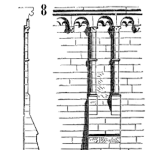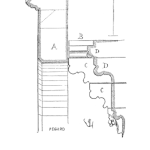
Your views on why enterprise asset management fails intrigued me. I am currently undertaking a master’s study on “Understanding the Difficulties of Developing an Effective Planned Preventive Maintenance Regime at an underground coal mine”.
My masters is based on finding the reasons why in the mining field the other methods of maintenance methodologies such as RCM, TPM, Six Sigma, etc. do not seem to get embraced by the mining maintenance teams, and there is always a weak attempt to implement them on the part of management.
[Read more…]










